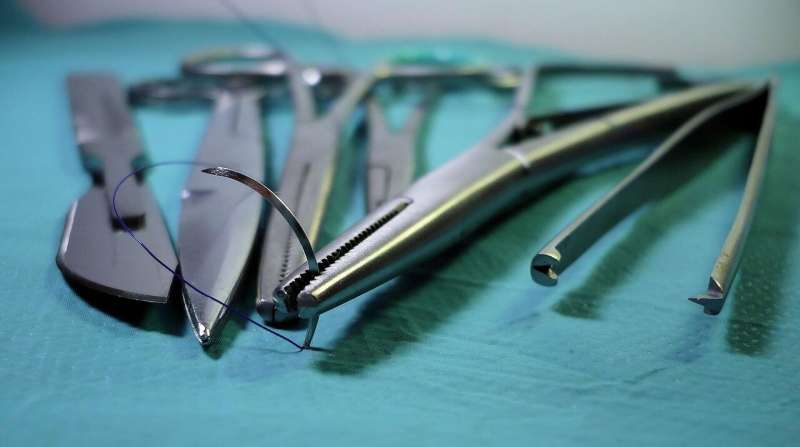Current guidance may unnecessarily delay care for stroke victims

While strokes associated with surgery are rare, a person who undergoes a surgical procedure soon after having suffered a stroke can be eight times more likely to suffer a perioperative stroke, defined as occurring within 30 days of surgery. Many stroke patients suffer from other health problems that often require surgery, so understanding how long to wait after a stroke has important ramifications for patient care.
New research published in the journal JAMA Surgery shows that statements currently used by clinicians to guide decisions for their patients may be too conservative, potentially resulting in unnecessary surgical delays. The study was led by Laurent Glance, M.D., a professor in the Departments of Anesthesiology and Perioperative Medicine and Public Health Sciences at the University of Rochester Medical Center (URMC).
A scientific statement from the American Heart Association/American Stroke Association (AHA/ASA) issued in 2021 indicates that individuals should wait at least six months, and possibly as long as nine months, after a stroke before undergoing non-urgent surgery in order to reduce risk of a recurrent stroke. This recommendation was based, in part, on a study in Denmark of 481,183 patients undergoing elective non-neurological, non-cardiac surgery. This study showed that risk of a recurrent stroke was highest within three months of a previous stroke and leveled off at nine months.
Glance and Curtis Benesch, M.D., medical director of the UR Medicine Comprehensive Stroke Center, served as vice chair and chair, respectively, of a panel of surgeons, anesthesiologists, neurologists, and nurses convened by the AHA/ASA to draft the scientific statement.
Glance, Benesch, and the other authors of the new study recognized the limitations of generalizing data from Europe to the U.S., whose population has higher risk factors for stroke. For example, U.S. rates of obesity are two times higher, hospitalization rates for diabetes and hypertension are 50% higher, and the U.S. has a lower rate of life expectancy, compared to European nations.
Using a Medicare database, the team examined the heath records of more than 5.8 million people 66 years of age or older who underwent an elective non-neurologic, non-cardiac surgery between January 2013 and November 2018. While overall the incidence of perioperative stroke was rare in patients without a history of stroke (0.3%), individuals who underwent elective surgery within 30 days of a stroke were eight times more likely to suffer a perioperative stroke, two and a half times more likely die, and three times more likely to be discharged to a skilled nursing facility, comparted to patients without a history of stroke. The risk of stroke levels off after 90 days, as opposed to the six-nine months suggested in the Danish study.
The findings open the door to efforts to better understand and stratify and mitigate risk for perioperative stroke, while allowing necessary care to move forward. Shortening the recommended delay between a stroke and surgery could have significant implications for care, especially involving procedures that are semi-urgent, such as cancer surgery.
More information: Laurent G. Glance et al, Association of Time Elapsed Since Ischemic Stroke With Risk of Recurrent Stroke in Older Patients Undergoing Elective Nonneurologic, Noncardiac Surgery, JAMA Surgery (2022). DOI: 10.1001/jamasurg.2022.2236


















